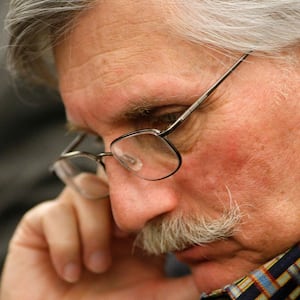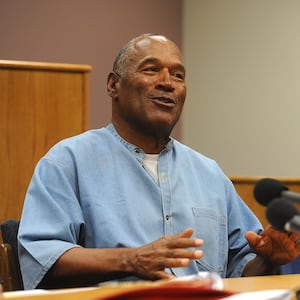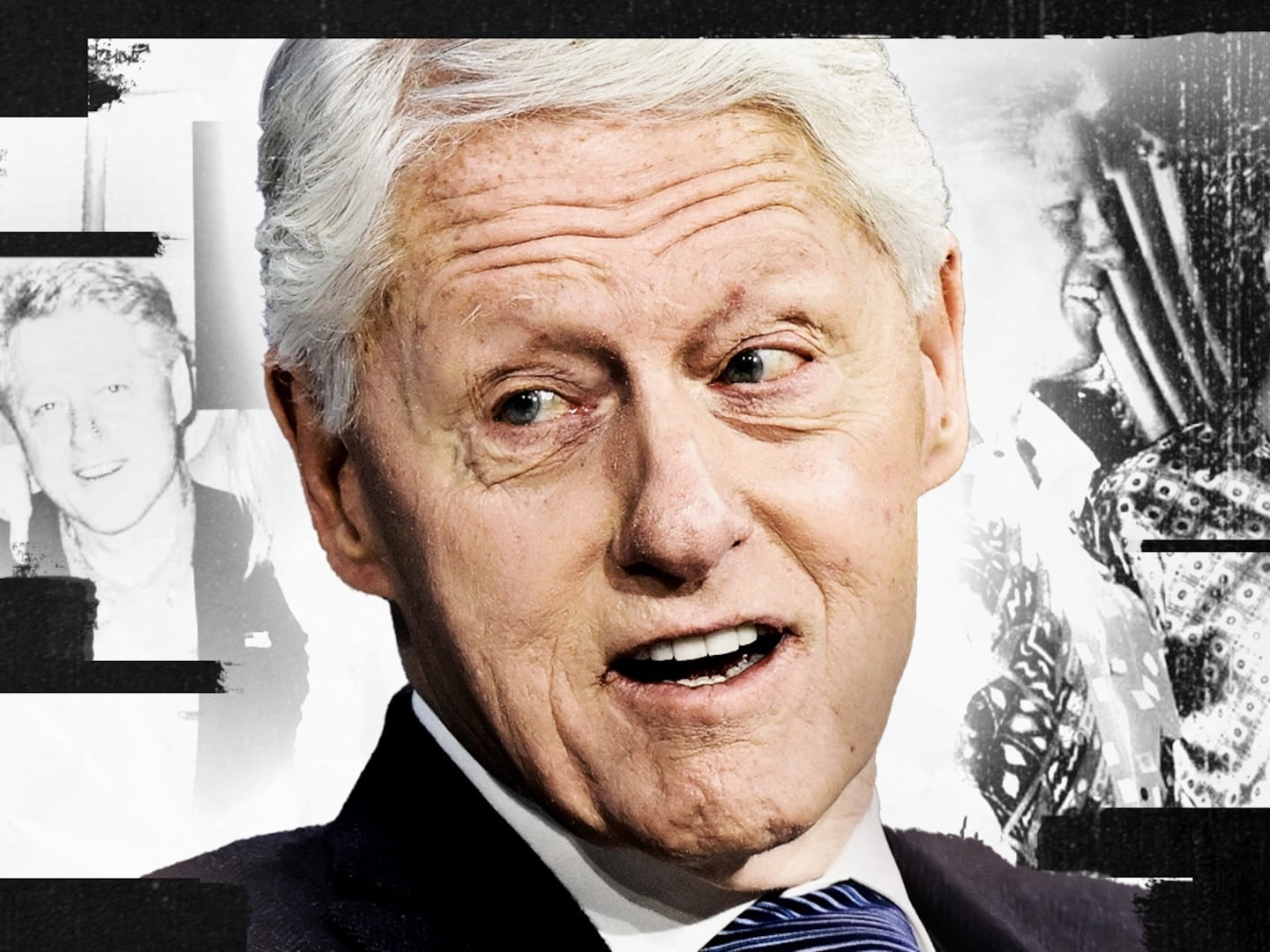My last encounter with O.J. Simpson was in 1997, just before his civil trial was to commence in Santa Monica. He was being sued for wrongful death by the families of his ex-wife, Nicole Brown Simpson, and Ron Goldman.
He had been acquitted of their murders in 1995 in what had been called “The Trial of the Century.” And I had just published the number one New York Times bestseller, American Tragedy: The Uncensored Story of the Simpson Defense. Seeing him brought back a lot of memories.
The first time I met O.J. was in 1967, when he was playing football for USC in a game against UCLA. I was working as a photographer for Life magazine, and I captured on film many moments of a contest that was dubbed “The Game of the Century” by sportswriters of the time. O.J.’s game-winning touchdown run that day was the makings of a college football legend.
O.J. and I encountered each other many times in the years since that game. For a time, he and his first wife, Margaret, lived across the street from me in Bel Air Skycrest, where my kids occasionally babysat for his kids. Always outwardly a charmer, O.J., would even sometimes play football in the street with the neighborhood children.
On one occasion, he threw a long pass and my daughter took a hard spill attempting to catch it, cutting her hand in the process. But it didn’t ruin her time—she walked around for a week showing off her injury, her keepsake for the time she played football with O.J. Simpson.
The years went by, and I didn’t see as much of O.J., though we would occasionally bump into each other thanks to our mutual close friend, the late Robert Kardashian. After Nicole and Ron’s murders in June 1994, Robert called me for advice. Like many people, I said to him, “Remember that ‘no comment’ is, in fact, a comment.”
Three years later, after the release of American Tragedy—which included material culled from hours of interviews I conducted with O.J. and his defense team—I ran into O.J. at a small restaurant, across the street from the Santa Monica Courthouse, for what would be the last time.
Gracious and friendly as ever, he said to me, “You really gave it to me in the book, didn’t you?” I conceded as much.
But, as far as the facts were concerned, he added, “You got it right.”
Almost 30 years since that terrible crime took place in Brentwood, my thoughts go back to a single piece of evidence—one which has largely been lost to history.
O.J. left a single footprint, from his left shoe, on the floor of his white Ford Bronco. It was positioned in a way that experts deduced could only be left by someone driving the car. In that footprint was a combination of O.J.’s blood, Nicole’s blood, and Ron Goldman’s blood.
That left no question that O.J. was present when the tragedy took place. And as I wrote in American Tragedy, in my mind, that footprint left no question that O.J. Simpson was guilty of the two murders—irrespective of how the defense or the prosecution conducted the case.
Now that O.J. is gone, dead from cancer at 76, my thoughts go back to what he said to me in 1997: “You got it right.”
Lawrence Schiller is the co-author (with James Willwerth) of “American Tragedy: The Uncensored Story of the Simpson Defense.”








